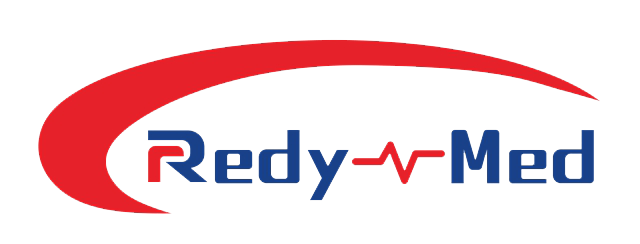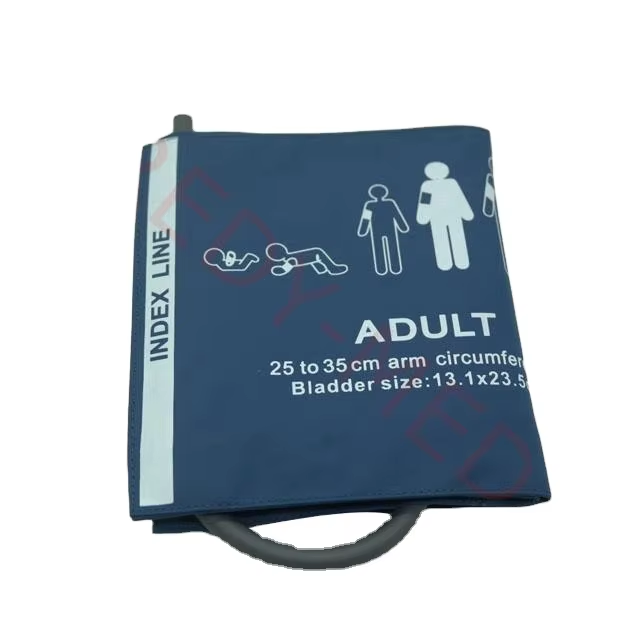Blood pressure monitoring is a critical aspect of healthcare, enabling clinicians to assess cardiovascular health and diagnose potential issues. Among the various tools used for this purpose, Non-Invasive Blood Pressure (NIBP) cuffs play a pivotal role. In this article, we will delve into the significance of NIBP cuffs, their functionality, and their impact on patient care.
NIBP cuffs are designed to measure blood pressure without the need for invasive procedures. They operate on the principle of oscillometry or auscultation, providing accurate readings with minimal discomfort to the patient. This non-invasive method is particularly advantageous in various healthcare settings, including hospitals, clinics, and even home monitoring scenarios. The ease of use and patient comfort associated with NIBP cuffs make them a preferred choice for both healthcare professionals and patients alike.
One of the key advantages of NIBP cuffs is their ability to provide quick and reliable blood pressure readings. In emergency situations, timely assessment of a patient's blood pressure can be life-saving. NIBP cuffs are equipped with advanced technology that allows for rapid inflation and deflation, ensuring that clinicians receive immediate feedback on the patient's cardiovascular status. This speed is crucial in making informed decisions regarding treatment and intervention.
Moreover, NIBP cuffs come in various sizes and designs, catering to the diverse needs of patients. It is essential to select the appropriate cuff size to ensure accurate readings. A cuff that is too small or too large may yield misleading results, potentially leading to misdiagnosis or improper treatment. Healthcare providers must be well-versed in choosing the right cuff size based on the patient's arm circumference and overall health condition.
In addition to their primary function of measuring blood pressure, NIBP cuffs are often integrated into larger monitoring systems. These systems can track vital signs over time, providing healthcare professionals with valuable data for ongoing patient assessment. The integration of NIBP cuffs into electronic health records (EHR) further enhances their utility, allowing for seamless data sharing and analysis. This capability is particularly beneficial in managing chronic conditions such as hypertension, where continuous monitoring is essential.
As the healthcare industry evolves, the demand for innovative blood pressure monitoring solutions continues to grow. Recent advancements in technology have led to the development of smart NIBP cuffs that can connect to mobile devices, enabling patients to monitor their blood pressure remotely. This trend towards telehealth is transforming how healthcare is delivered, making it more accessible and convenient for patients.
In conclusion, NIBP cuffs are an indispensable tool in blood pressure monitoring, offering a non-invasive, efficient, and patient-friendly approach to assessing cardiovascular health. Their role in both clinical and home settings underscores their importance in modern healthcare. As technology continues to advance, we can expect further improvements in NIBP cuff design and functionality, enhancing their effectiveness in patient care and management.
Industry trends indicate a shift towards more integrated and user-friendly blood pressure monitoring solutions, with an emphasis on patient engagement and remote monitoring capabilities. With the rise of chronic diseases and an aging population, the relevance of NIBP cuffs will only continue to increase, highlighting the need for ongoing innovation in this field.

